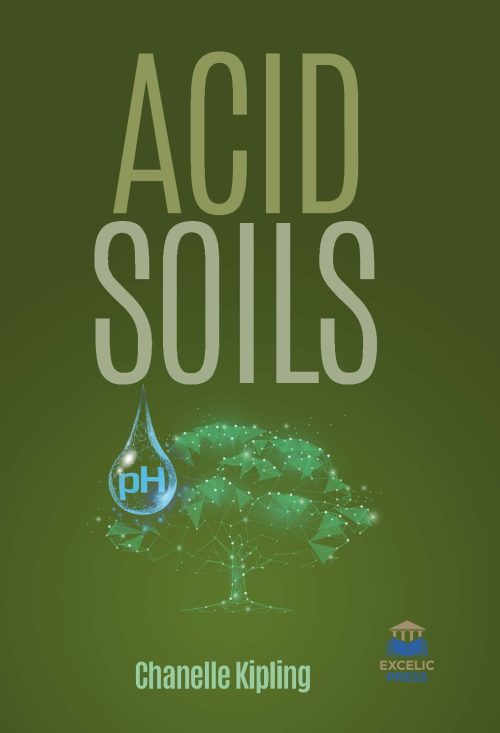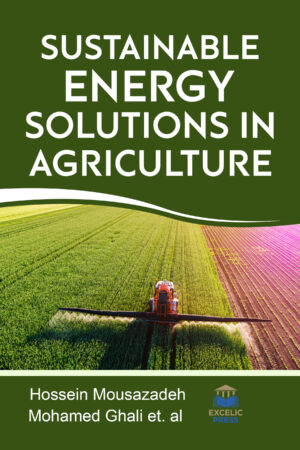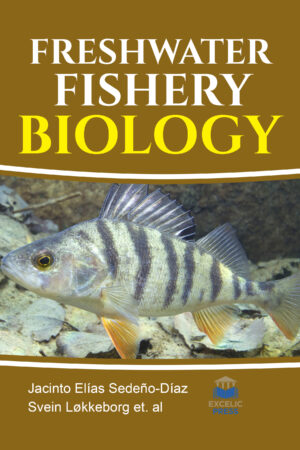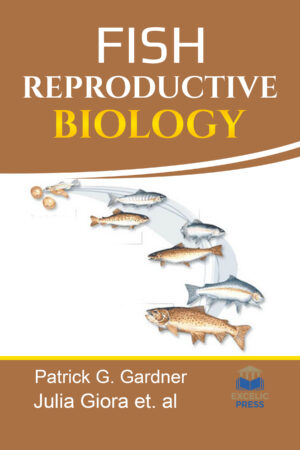Description
Processes of acidification or alkalization of soils are treated, considering the qualitative changes in soil chemistry. Following a theoretical background of ecosystem proton budgets, the application for assessing external and internal acid loads is demonstrated. The chemistry of organic matter and the oxides of aluminum, iron, and manganese are treated in the context of being sources and sinks for acid loads in soils. Special attention is paid to the assessment of solubility and reaction kinetics of aluminous minerals. The formation of toxic elements in soil solution resulting from the solubilization of inorganic oxides and aspects of changes in the nutrient status of soils, changes of fertility, and processes leading to a transfer of acidity from soils to surface are discussed.
Soil Acidity and Plant Growth emerged from concerns over increasing soil acidification under improved pastures over wide areas of southern Australia. While the book has its origin in the acidification of Australian soils under pastures, the authors examine soil acidity within a much broader framework, making their views relevant to all agricultural and natural ecosystems on acid soils.
The book’s first two chapters discuss the chemistry of soil acidity and the ecological processes. This is followed by separate chapters on biological responses to soil acidity, covering mineralization of soil nitrogen, the incidence of plant diseases, plant mycorrhizal associations, symbiotic nitrogen fixation in legumes, and genetic variability in plant response toxicities. The remaining chapters focus on the correction of soil acidity problems by liming. These include studies on the rates of application and effectiveness of liming materials; and the development and use of computer modeling procedures to help researchers identify the effects and interactions of soil pH on component processes and provide assistance to farmers in the management of long-term subterranean clover pastures.





